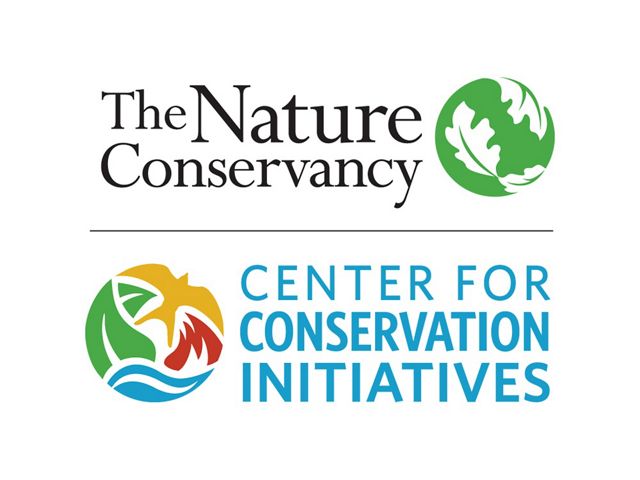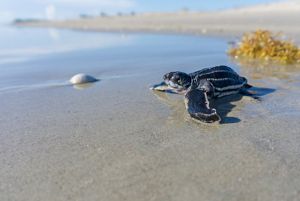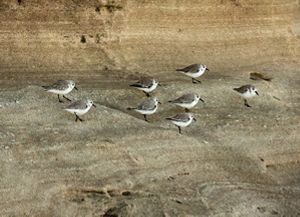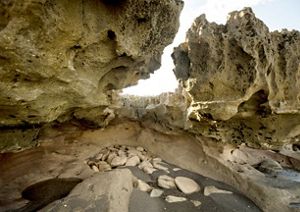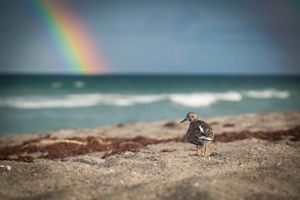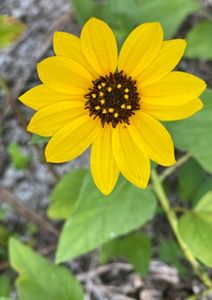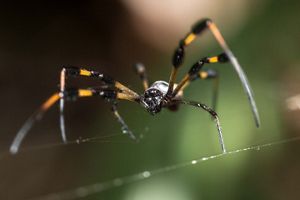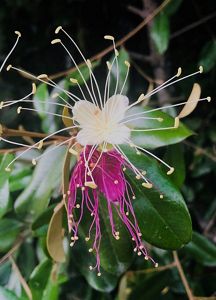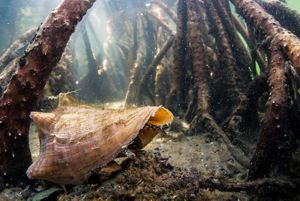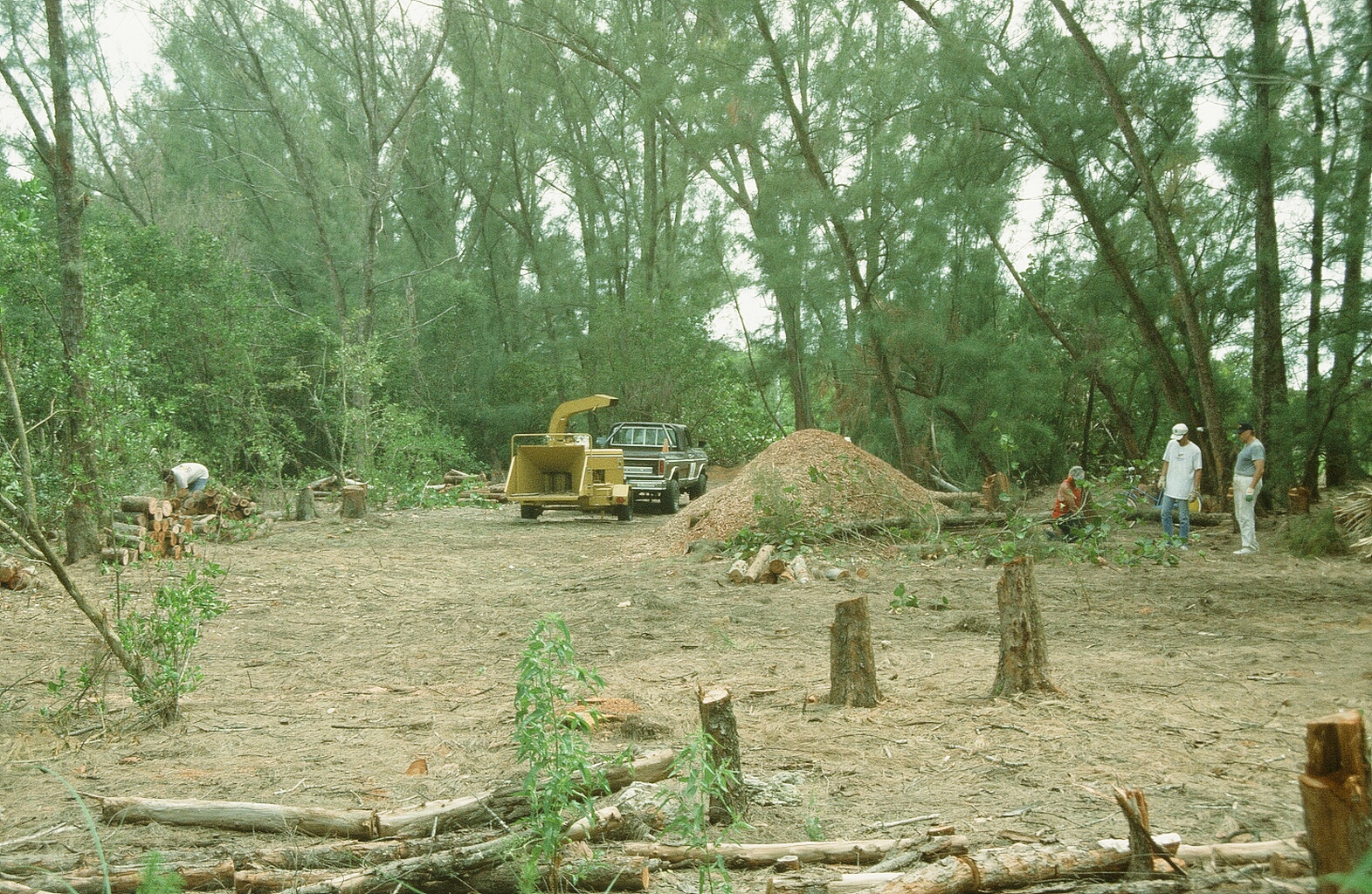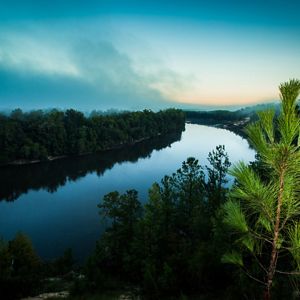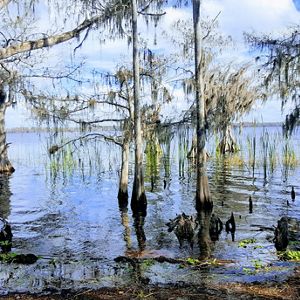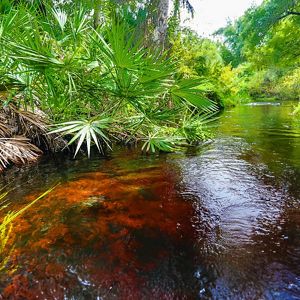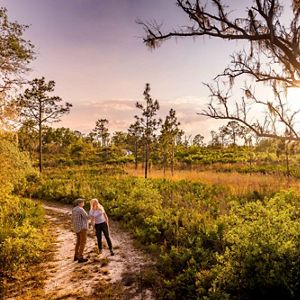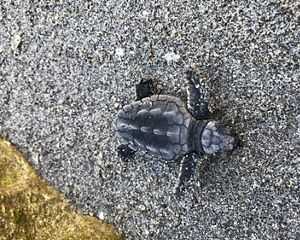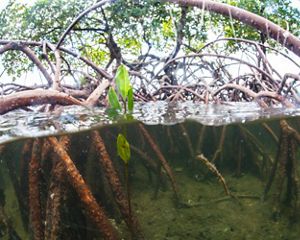Blowing Rocks Preserve was born in 1969 when the forward-thinking and generous residents of Jupiter Island donated 73 acres of the barrier island to TNC. The donation started when developers petitioned the Town of Jupiter Island to change the land’s zoning from single-family dwellings to high density apartment buildings or hotels due to the scenic rock ledges along the shoreline. Local citizens had an unfavorable view of the plan. The developers’ application was denied and, thanks to the persuasive efforts of Nathaniel Reed and other residents, the developers agreed to abandon their project and sell the land to the residents. The residents then donated the land, creating Blowing Rocks Preserve.
In the early days of the preserve, one of the biggest challenges was shifting the frequent, unregulated public use of the area to a managed preserve environment. This meant limiting vehicle traffic and abandoning the old road that ran atop the beach dune. In the 1980s, the preserve entered a landmark period of native habitat restoration. This pioneering project started in 1985 by removing large Australian pines on the preserve dune. In 1987, a massive restoration effort resulted in removing 500 Australian pines and planting 14 acres of native saltmarsh, mangrove, coastal strand, and tropical hammock on the east side of the preserve.
The massive habitat restoration provided the ideal platform to share TNC’s expertise in restoring and managing coastal systems with other conservation professionals and scientists. As staff planned the restoration for the west side of the preserve, they engaged in another novel undertaking and invited volunteers and community members to assist. The goal of this initiative was to build a greater awareness and sense of responsibility for the environment amongst the local community.
Over the next 15 years, more than 3,000 volunteers and community members contributed 78,000 restoration hours. Part of their work included reconnecting the preserve to the Indian River Lagoon, which had been altered by past dumping of dredge spoil from the Intracoastal Waterway. Volunteers helped install and repair 12 tidal culverts, creating ¾ mile of tidal creeks and four small tidal ponds. They also helped remove 4,000 Australian pines and thousands of Brazilian peppers and other invasive species. This made way for 15,000 native plants grown from seed in the native plant nursery at Blowing Rocks, which we planted onto the preserve grounds.
As an increasing number of volunteers and visitors were visiting Blowing Rocks throughout the 1990s, staff identified the opportunity to provide public outreach and share the importance of the fragile native habitats found at the preserve. TNC placed educational signage along preserve trails and at the beach overlook to highlight native species, including the endangered sea turtles that nest along the ocean shoreline.
One evening, the Reed family (longtime supporters of Blowing Rocks) and philanthropist Rosita Hawley Wright observed nesting sea turtles at the preserve. Mrs. Hawley was so overwhelmed by the experience that she made a lead gift to TNC to construct the Hawley Education Center that now houses staff offices, a public exhibit gallery and the Nathaniel Pryor Reed Classroom. The Hawley Education Center hosts public lectures, workshops and trainings for Conservancy staff members and partner organizations and agencies.

